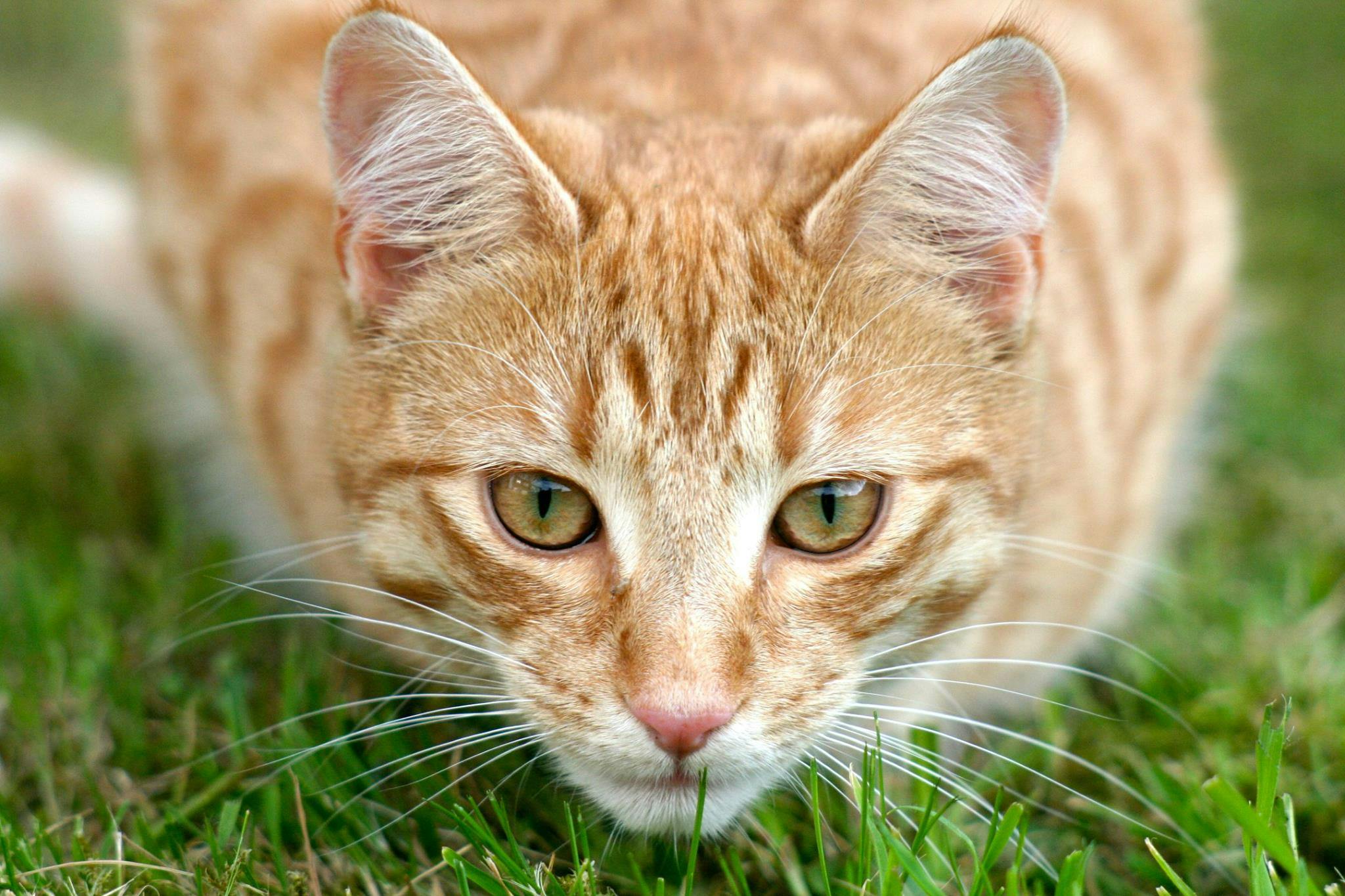
The history of canine freestyle
Canine Freestyle, also known as doggie dancing, began to develop recently in the early 1990s, when various dog trainers around the world began practicing their heel work and obedience routines to music. With the music playing in the background, it was natural to want to do the doggie boogie and start choreographing his moves to fit the music.
At first it was simply a game of heels to music in which the dog and handler moved as one with the dog close to the handler’s side as they walked around the ring performing some basic obedience movements. Mary Rae from England and Carolyn Scott from the United States were two of the first most famous dog trainers to begin performing their heel work to music. Today, heel work to music is still a dance category for dogs.
From there, people started to get more creative and started to borrow ideas and movements from dressage. The movement became freer and more creative. The handlers began to move their dogs in lateral, diagonal, circular, and backward movements. The trainers opened up their heel work to include five positions, right heel, left heel, front heel, follow through position, and middle heel where the dog is between your legs. People found canine freestyle to be a liberating space where anything could work, as opposed to strict obedience, rally and agility areas where certain movements were expected in certain places at certain times. Canine Freestyle training develops a more balanced, agile and happy dog than other dog sports. In fact, having a happy dog that has a good connection with the handler is one of the requirements and evaluation aspects of the sport. Doggie Dancing is the sport where tails are wagging.
Agility moves were introduced as people developed a wide variety of creative jumping tricks, such as jumping across the arms, jumping over the back, jumping on the waist. People also started making their dogs slide between their legs. First forward, then backward, while crawling and even doing figure eights. Weaving has become a fundamental movement in canine freestyle.
Carolyn Scott and Rookie, her golden retriever, wowed the audience with their very musical style of dancing together. Her most popular routine is performed for Grease. Then other trainers started telling stories and being comical or dramatic with their routines. Attila and Fly will always be remembered for their Charlie Chapman routine and their Gladiator routine. Both are pretty classic.
Canine Freestyle is an amazing sport because any dog of any age, any breed, and even disabled dogs can participate and compete. This sport allows the dog and handlers to choose the movements and songs that suit them best without strict requirements of what you must do. You can easily train in the comfort of your own home, backyard, or park. No special equipment is needed. There is no special need to train in a class. Although training with others always helps overcome distractions and helps you develop ideas better. People of all ages can enjoy this sport from young children to seniors in wheelchairs or walkers. It’s great exercise for both dog and handler, but it’s easy to do with any physical limitations one may have.
Whether you’re training to dance for your friends and showing off all the cool tricks and moves you know, or volunteering at a nursing home or entertaining people at a park. You can take your show on the road and compete in a variety of different competitive organizations or just enjoy performing your dance routines. Doggie Dancing is the fun dog sport to train.